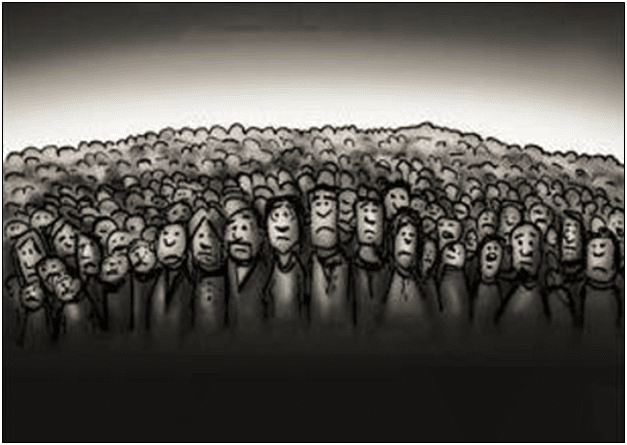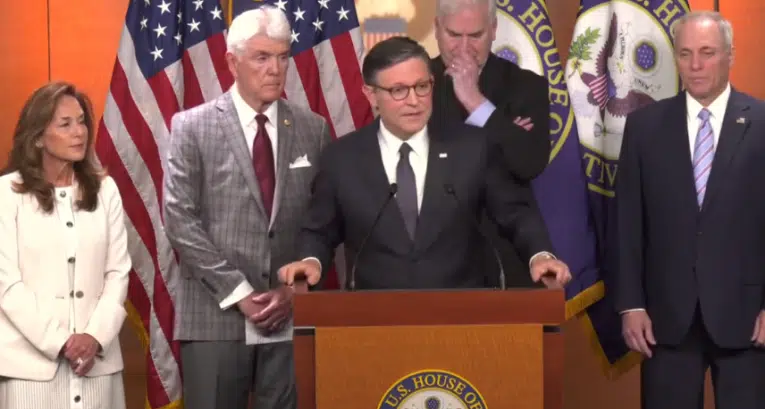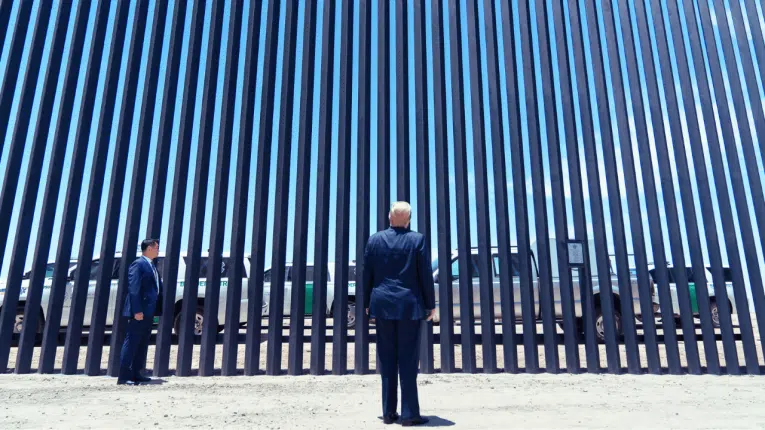
The unemployment level reached 7.38 million in August, 1.6 million above its January 2023 low and its highest point since October 2021, according to the latest data from the Bureau of Labor Statistics, continuing a steady uptrend for more almost three years. The unemployment rate rose to 4.3 percent, its highest level since November 2021.
This is not unusual as the U.S. economy continues unwinding from the peak inflation that was seen in June 2022 at 9.1 percent under former President Joe Biden. Historically, on average, in the post-World War II era, moving from a low in unemployment to a high, usually during or after a recession correlating with periods of disinflation, typically takes about 21 months.
In May 1948, unemployment was at a low of 2.1 million and by October 1949 peaked at 4.9 million, or 7.9 percent, taking 17 months to get there.
In May 1953, unemployment’s low was at 1.59 million and by September 1954 it peaked at 3.9 million, or 6.1 percent, over 16 months.
In March 1957, unemployment’s low was at 2.5 million and by July 1958 it peaked at almost 5.1 million, or 7.5 percent, over 16 months.
In February 1960, unemployment’s low was at 3.3 million and by May 1961 it peaked at 5 million, or 7.1 percent, over 15 months.
In December 1968, unemployment’s low was at 2.68 million and by December 1970 it peaked at 5 million, or 6.1 percent, over 24 months.
In October 1973, unemployment’s low was at 4.1 million and by May 1975 it peaked at 8.4 million, or 9.0 percent, over 19 months.
In May 1979, unemployment’s low was at 5.8 million and by July 1980 it peaked at 8.36 million, or 7.8 percent, over 14 months.
In July 1981, unemployment’s low was at 7.86 million and by December 1982 it peaked at 12 million, or 10.8 percent, over 17 months.
In March 1989, unemployment’s low was at 6.2 million and by June 1992 it peaked at 10 million, or 7.8 percent, over 39 months — the longest period of increasing unemployment in the postwar period.
In April 2000, unemployment’s low was at 5.48 million and by June 2003 it peaked at 9.26 million, or 6.3 percent, over 38 months.
In October 2006, unemployment’s low was at 6.27 million and by October 2009 it peaked at 15.35 million, or 10.0 percent, over 36 months.
And in September 2019 and February 2020, unemployment’s low was at 5.7 million and by April 2020 it peaked at 23.08 million, or 14.8 percent, over 7 months.
The end result of every single one of these cycles was a recession. 100 percent.
For the current period, again, unemployment’s low was experienced January 2023 at 5.7 million and now has been increasing for 32 months to its current 7.38 million.
In every recession in the postwar period, unemployment always got over 5 percent, and we’re not there yet. On the other hand, sometimes greater shifts in unemployment can come towards the end of these cycles, and so there’s still room for it to go higher.
The good news for President Donald Trump and Republicans is that unemployment has been increasing for so long now that the uptick is bound to end sooner rather than later and that the overall unemployment rate, currently 4.3 percent, is historically low. But this too is unsurprising as about 900,000 Baby Boomers are leaving the labor force every single year as the retirement wave continues, fueling demand for more labor.
In about six months we should have better clarity of where peak unemployment will be for this cycle, unless of course the current economy is determined to break the record for the longest slowly ripping off of the band-aid in history. The record is 39 months and we’re at 32 months now. Something’s got to give. Stay tuned.
Robert Romano is the Executive Director at Americans for Limited Government Foundation.






